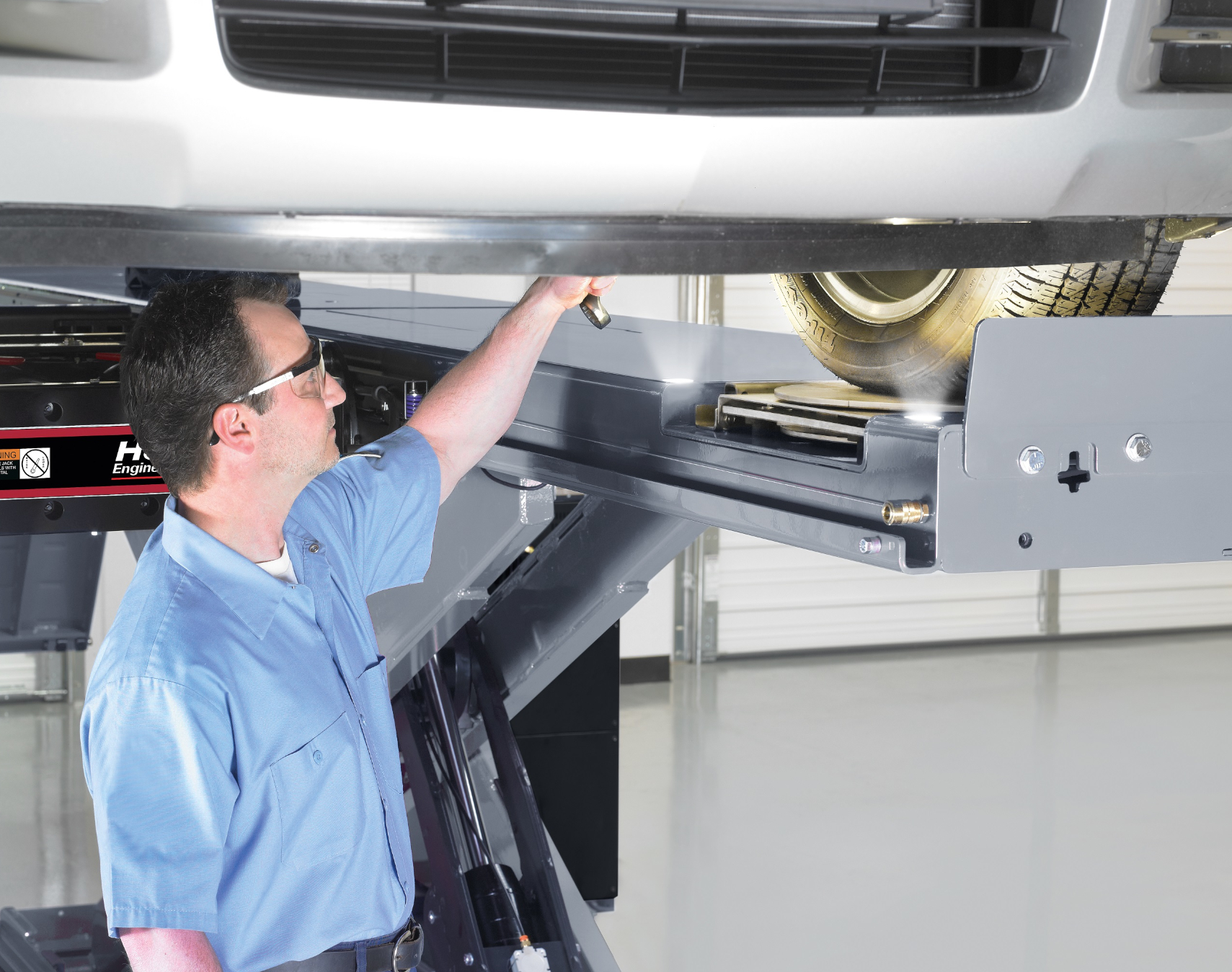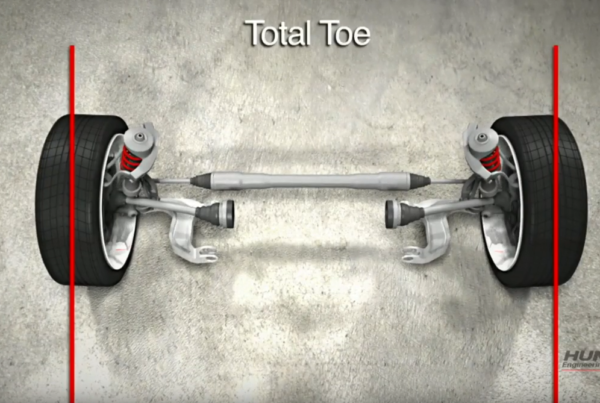What is Caster?
Caster, toe and camber are all important aspects of wheel alignment, which is an essential part of vehicle maintenance. Wheel alignment refers to the precise positioning of your vehicle’s wheels in relation to one another and the vehicle itself. In this article, we discuss what caster is, and how it affects wheel alignment.
What is the Meaning of Caster?
Caster, often referred to as the caster angle, represents the inclination of a line drawn between the upper and lower steering pivot points, indicating either a forward or backward slope. While caster doesn’t directly impact tyre wear, it significantly affects the directional control of the steering.
The settings of the caster angle enable manufacturers to strike a balance between steering effort, stability at higher speeds, and the effectiveness of front-end cornering.
Positive Caster
Positive caster is when the steering pivot is positioned slightly behind the vertical axis, creating an angle that leans towards the rear of the vehicle when viewed from the side. Positive caster can contribute to stability and straight-line tracking, as it enhances steering responsiveness and can aid in maintaining a straight trajectory at higher speeds.
Neutral Caster
Neutral caster occurs when the upright mounting points align on the same vertical plane with each other, as well as being positioned on the same vertical plane as the centre line of the hub and wheel.
Negative Caster
A negative caster angle, on the other hand, involves positioning the steering pivot points in a way that the line drawn through these points leans towards the front of the vehicle when viewed from the side. Negative caster isn’t commonly used in standard vehicle designs due to its potential negative impact on steering stability and straight-line tracking. It can also make the vehicle feel less stable, especially at higher speeds.
Caster and Tyre Wear
As mentioned, the caster angle doesn’t usually have a direct impact on tyre wear. It primarily influences steering stability, handling, and the vehicle’s straight-line tracking. However, improper alignment settings (which includes caster) can indirectly contribute to uneven tyre wear if they cause other alignment angles to fall out of specification.
Toe and Camber
Alongside caster, the other two predominant aspects of wheel alignment servicing are toe and camber.
Camber
Camber is the angle of tilt of the wheel when viewed from the front in relation to the vertical axis. Positive camber occurs when the top of the wheel leans outward from the vehicle’s centre, while negative camber happens when the top of the wheel tilts inward toward the vehicle’s centreline. Camber is quantified in degrees, and a wheel with zero camber stands completely vertical.
Toe
The “toe” refers to the angle at which the tyres are turned or rotated relative to their vertical axis when viewed from above the vehicle. Toe-in happens when the tyres point slightly inward toward each other, whereas toe-out occurs when they angle slightly outward, moving away from each other. When the tyres are perfectly aligned in a parallel orientation to each other and in line with the car’s direction, there is zero toe angle.
How Often Should You Get Wheel Alignment?
It’s recommended to get a wheel alignment check every 10,000 miles or once a year (whichever comes first). An alignment is not too time-consuming, and should typically take around an hour or less. Opting for a four-wheel alignment, as opposed to a front-wheel alignment, may extend the duration slightly.
Additionally, should the technician uncover any damaged or worn components within the suspension system, the replacement process will naturally take more time.
Wheel Alignment at Pro-Align
Caster, camber and toe collectively play pivotal roles in ensuring proper tyre wear, responsive steering, and overall stability of a vehicle. These alignment parameters significantly impact how tyres interact with the road surface, affecting handling, tyre longevity, and the vehicle’s ability to maintain control and stability during operation.
At Pro-Align, we provide garages, workshops and service centres with professional vehicle servicing equipment, including wheel alignment systems from Hunter. You can browse the Hunter Elite TD, Hunter PA200 ACE and Hunter PA200 Plus today. For more information, don’t hesitate to contact us, and our team can answer any queries you might have.





